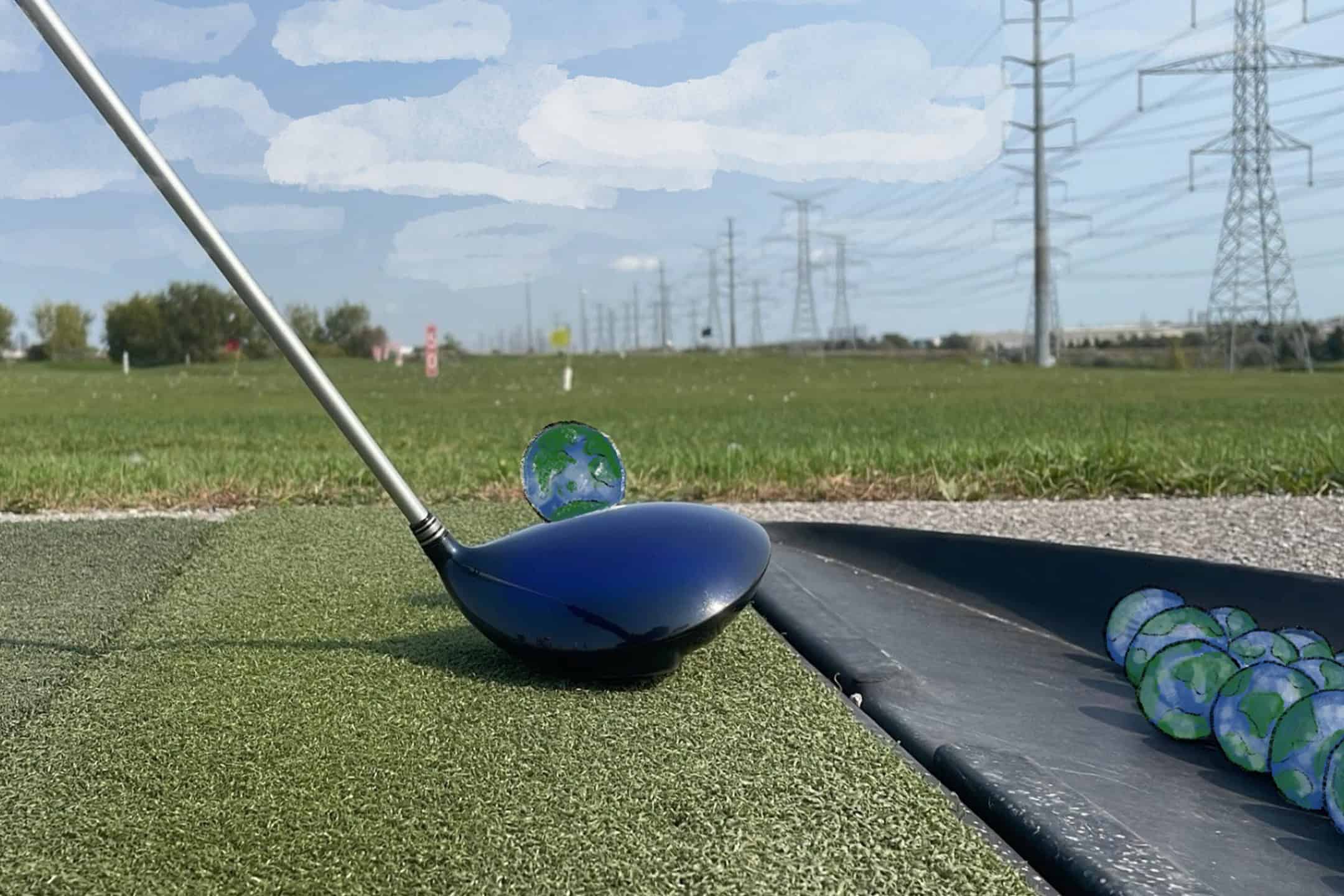Golf is a sport known for its green landscapes and carefully maintained courses.
However, behind the beauty of its fairways, there’s an important conversation to be had about its environmental impact. Although golf provides recreational and economic benefits, it can also have a significantly negative environmental impact. From water usage to threatening biodiversity, it’s important to understand how the game is impacting the environment and what steps can be taken to make it more sustainable.
Water usage
To maintain and keep a golf course green, a large amount of water is required. According to a 2014 study on water use at golf courses in Ontario, during a climatically normal season, on average 50.5 billion litres of water were used to irrigate Ontario golf courses.
Many golf courses are now exploring ways to become more sustainable with their irrigation practices. This includes solutions like recycling water through greywater systems and collecting rainwater instead of solely depending on municipal water supplies.
Use of pesticides
Pesticides and herbicides help control pests and promote healthy grass growth, but they can also have harmful effects on the environment. Run-off from golf courses can carry chemicals into nearby bodies of water, ultimately contaminating and destabilizing the local ecosystems.
Montréal is working toward more sustainable golf courses in the city, with plans to implement a ban on most pesticides that are used at golf courses beginning next year.
In a news release, Marie-Andrée Mauger — the mayor of Verdun, a borough of Montréal — said, “We must lead by example by further limiting the use of pesticides throughout Montreal, including on its golf courses.”
Energy consumption
Golf courses are consuming huge amounts of energy to light clubhouses and power irrigation systems. The courses also rely heavily on fossil fuels through petrol-powered machinery used for mowing, trimming, and transporting materials, which is further increasing golf’s carbon footprint. Furthermore, the development of new courses uses heavy machinery to clear land, which releases significant amounts of greenhouse gases.
Introducing solar energy can help reduce the impact of energy consumption on golf courses. Solar panels can be installed on the roofs of clubhouses as well as maintenance facilities for all power operations. With a shift toward electric cars, there is also an opportunity to implement electric golf carts in place of current gas-powered ones.
Destruction and deforestation
The construction of new golf courses frequently requires large pieces of land, which can lead to deforestation and the destruction of natural ecosystems. Golf courses are known for clearing forests to make room for their golfing lawns. They then add imported turf into the space to maintain the beautiful green grass you often see. This practice not only affects wildlife by destroying natural habitats but also reduces carbon storage or carbon sequestration — a method for removal of carbon dioxide from the air — which contributes to the climate crisis.
However, a growing movement toward creating eco-friendly courses focuses on reducing land clearance and protecting existing ecosystems during the design and development phases. A simple solution to this issue would be to reduce the usage of turf. By allowing native plants, shrubs, and trees to grow in certain areas of the golf course, we could see natural ecosystems flourish while also having lower-maintenance courses. These spaces would require less water, less chemicals, and ultimately minimal upkeep.
The future of sustainable golf
Golf’s negative environmental impact is undeniable, however, the sport’s relationship with nature truly offers an opportunity for positive change.
When golf courses embrace sustainable practices, they can evolve into eco-friendly recreational spaces that benefit both the players and the environment. Water conservation, lawn care, wildlife-friendly areas, and renewable energy are just a few of the many solutions that can make golf greener.
For the sport to thrive, golf must find a balance with the ecosystems that it often affects. With increased awareness and action, golf can support environmental preservation rather than pose a threat to the environment. The path to sustainable golf is not only necessary but very attainable. By taking action now we can ensure that future generations can enjoy the game without compromising the planet’s health.



No comments to display.